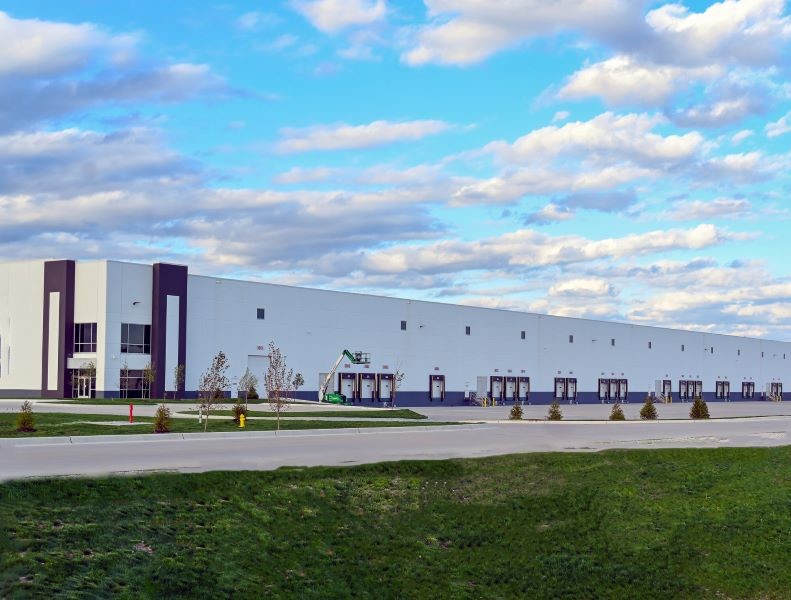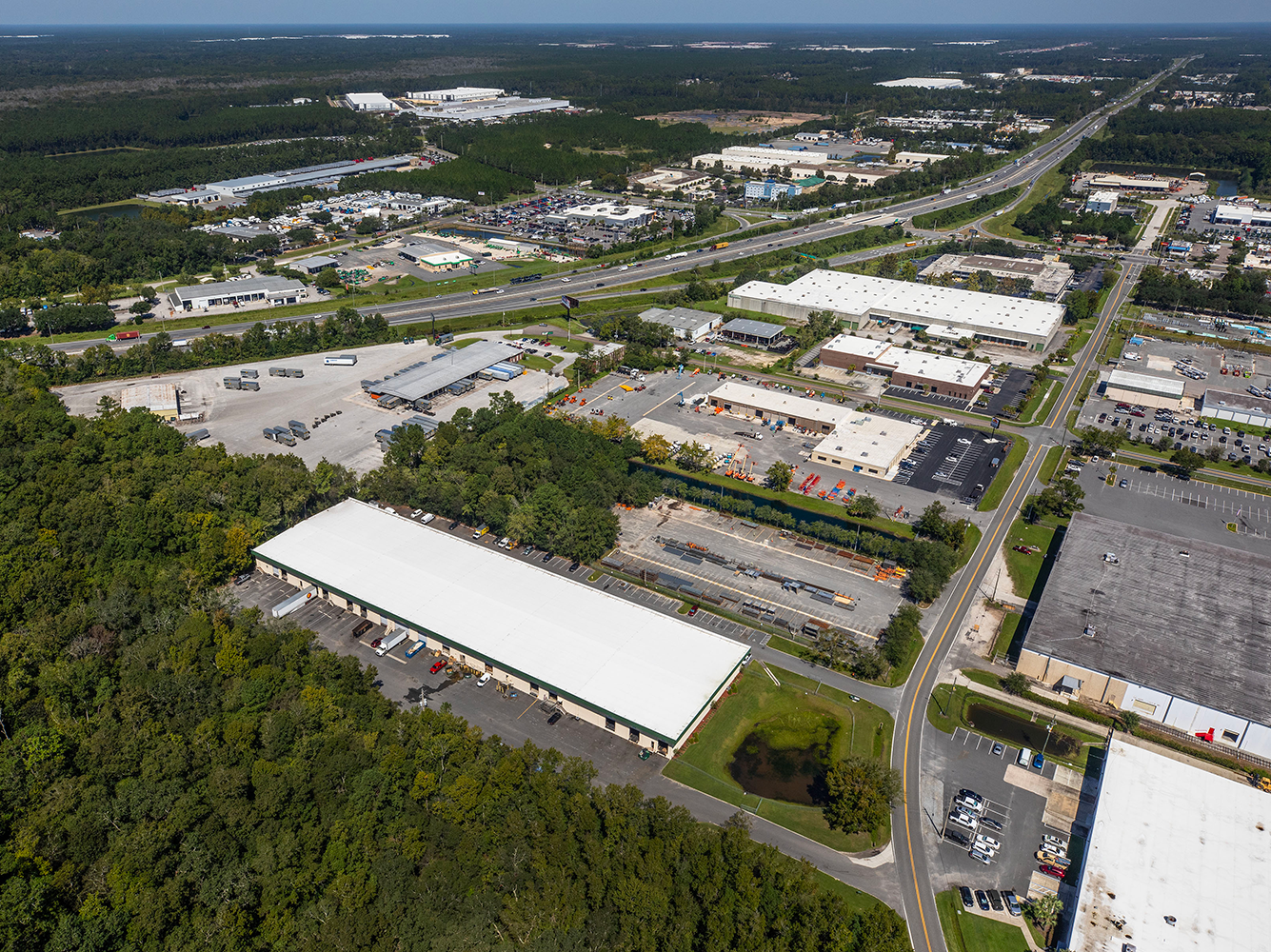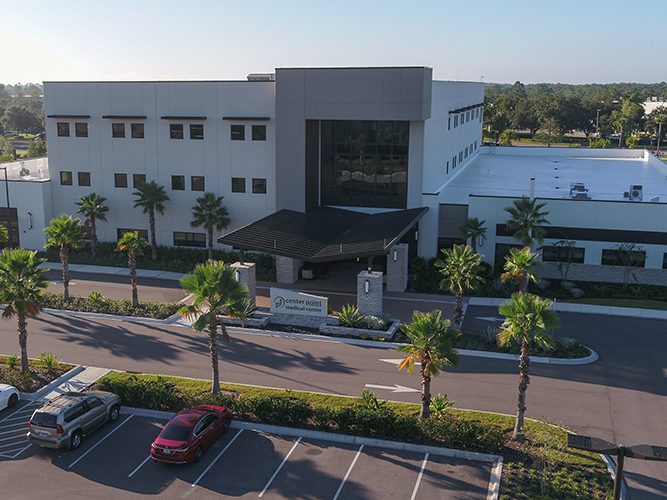Is Now a Good Time to Sell Your Apartment Property?
By Robert Bach,National Director, Market Analytics, Newmark Grubb Knight Frank: As home prices are bottoming, sales are going up and housing is the most affordable it has been in nearly 40 years, now is a good time to sell your apartment property.
By Robert Bach,National Director, Market Analytics, Newmark Grubb Knight Frank
The right time to sell a property depends on when it was purchased, the seller’s tax status and the opportunities for reinvestment, among other factors. One factor that should be part of the decision is the stage of the real estate cycle, and by that measure, now is a good time to sell. Consider the following:
The apartment market has seen some good appreciation recently. Real Capital Analytics reports that the average price per unit paid for an apartment property in the second quarter was $101,412, up by 8.4 percent from the second quarter of 2011 and 35 percent above the recent trough in the third quarter of 2009. Similarly, the average cap rate per unit was 6.2 percent in the second quarter, down from 6.4 percent in the year-ago quarter, and the recent trough of 7.1 percent in the third quarter of 2009.
Investor demand is strong. Apartment sales activity, which totaled $28.6 billion in the first half of 2012, is up by 23 percent from the first half of 2011. Demand was strongest from private buyers, who acquired properties valued at $15.8 billion in the first half, followed by institutions and equity funds, which invested $8.7 billion. On a net basis, cross-border buyers were the biggest property purchasers with a net total of $509 million followed by REITs and other listed companies with net acquisitions of $338 million.
Interest rates remain near historic lows, putting attractive mortgages in the hands of buyers. The 10-year Treasury note ended Tuesday at 1.73 percent, up from an all-time low of 1.43 percent on July 25th but still tremendously low by historic standards. Multi-family mortgage rates also are hovering near historic lows.
New supply is on the way. Multi-family permits in buildings with two or more units totaled 129,200 in the first half of 2012, up by 42 percent from the same period a year ago, though still low by historic standards. Multi-family starts, likewise, are rising; the first quarter total of 48,000 is a 33 percent increase from the first quarter of 2011. The cranes are especially noticeable in central cities, which have become far more desirable places to live than they were 20 or 30 years ago.
The housing market is showing signs of life, which could begin to divert rental demand into the for-sale market. Home prices are bottoming, sales are picking up, and housing is the most affordable it has been since at least 1970 according to the National Association of Realtors. Although mortgage lending standards remain very tight according to the Federal Reserve’s Senior Loan Officer Opinion Survey on Bank Lending Practices, conditions are likely to ease gradually as the backlog of foreclosures works its way through the pipeline and the market gradually recovers.
The capital gains tax rate of 15 percent for most investors may be raised in the next few years. The raise depends on which party wins the next election, but broadly speaking, the rate is at risk as lawmakers grapple with the daunting public debt.
Put it all together, and you have a market where investors who purchased three or four years ago have some nice paper profits. Now may be a good time for investors to monetize those profits because (1) the rate of future appreciation could slow as more supply is delivered and some rental demand is diverted to the for-sale housing market and (2) the potential for higher capital gains taxes could eat into those profits.








You must be logged in to post a comment.